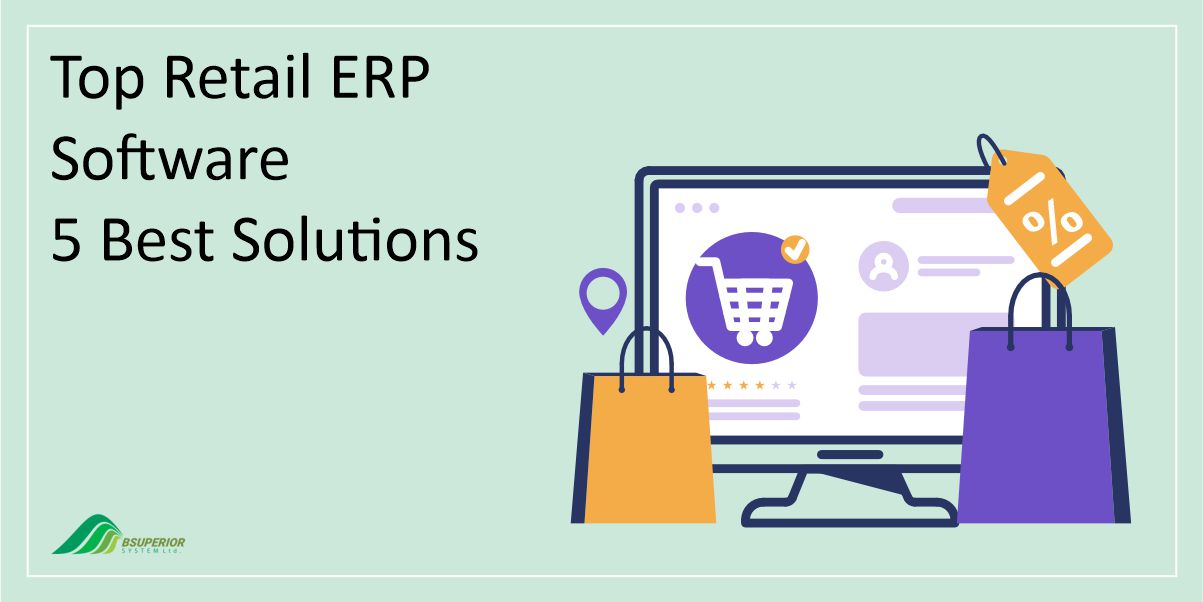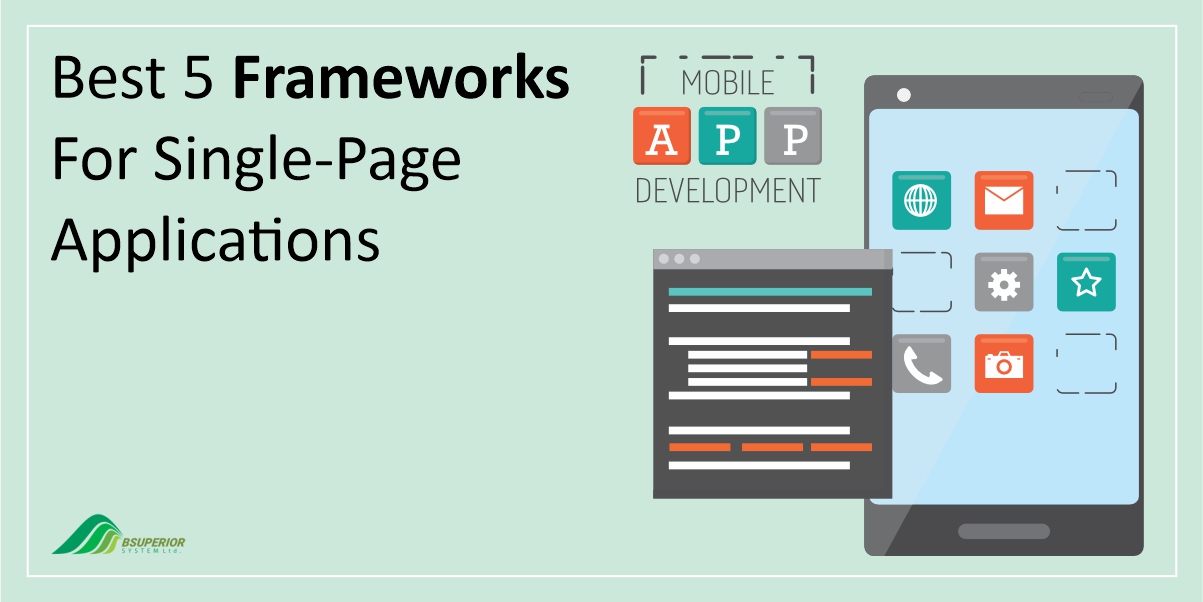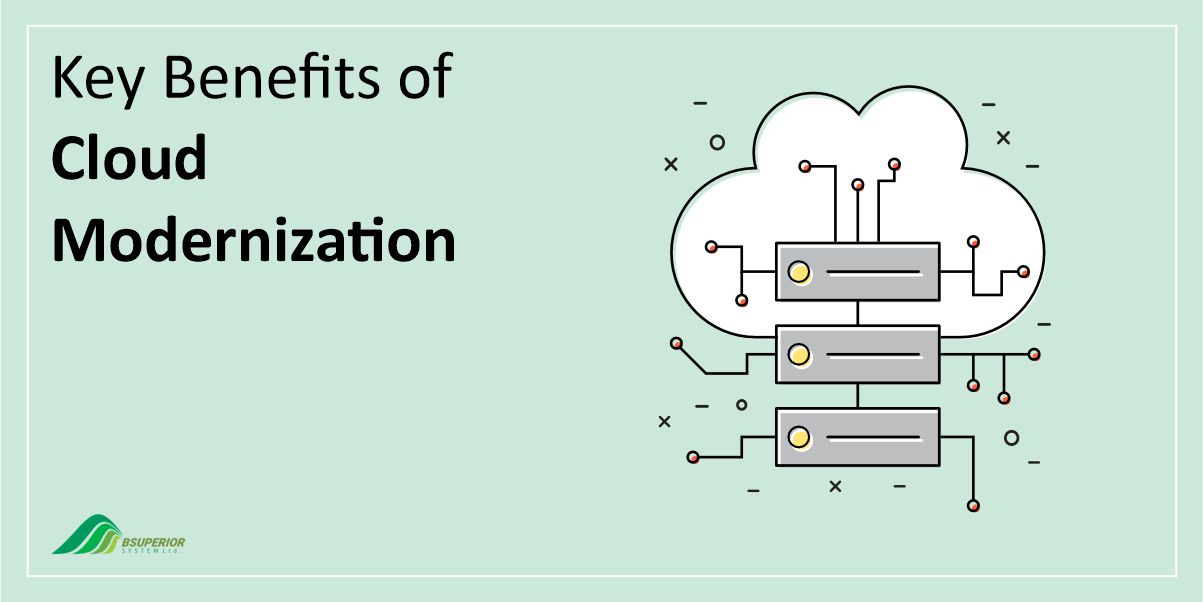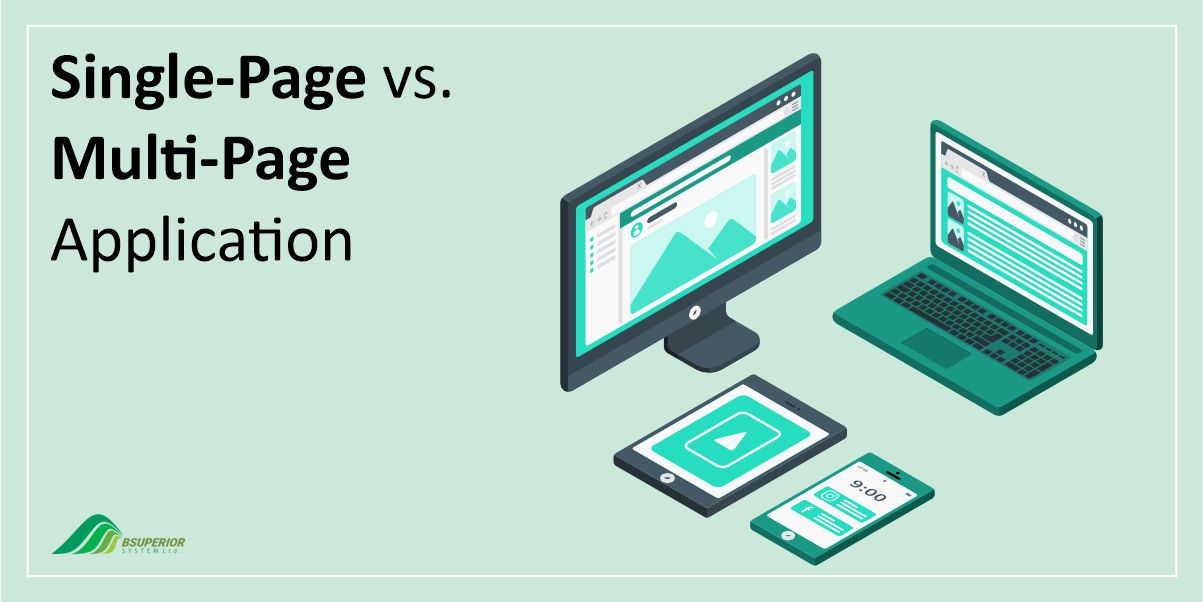What is Application Modernization? All You Need to Know
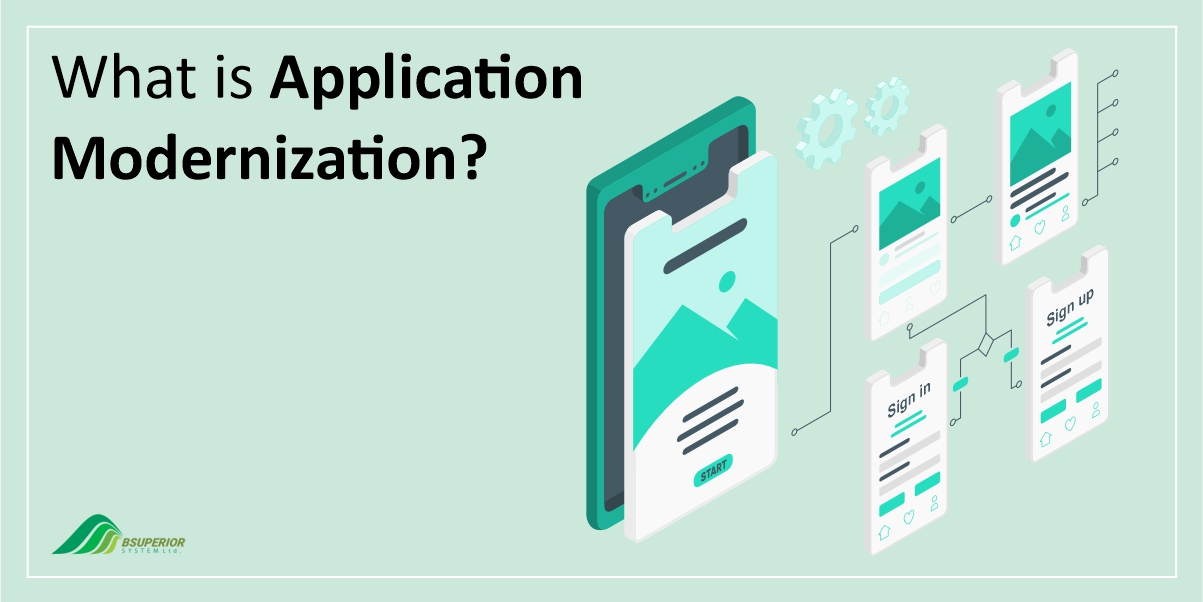
Table Of Content
Welcome to the exciting world of Application Modernization! Whether you’re a business executive, a software developer, an IT specialist, or a project manager, this journey towards modernizing applications is crucial and relevant for you. In this digital era, where technology evolves at a breakneck pace, staying ahead of the curve is not just a choice but a necessity. Just like the diverse group of professionals, application modernization is about collaboration, innovation, and embracing new possibilities.
As you dive into this blog, you’ll find insightful information tailored to demystify the process of transforming legacy systems into modern, agile, and efficient applications. This transformation is not merely about upgrading technology; it’s about reshaping the way businesses operate, interact with their customers, and compete in a rapidly changing market. So, let’s embark on this transformative journey together and unlock the full potential of modern technology in your organization!
What is Application Modernization?
Application modernization refers to the process of updating existing business systems and applications to align with modern business needs and technological standards.
This typically involves updating the platform infrastructure, internal architecture, and features of legacy applications to make them more efficient, secure, and capable of leveraging current technologies such as cloud computing.
Essentially, application modernization is all about transforming older software and systems to better suit the rapidly evolving digital world, ensuring they remain relevant, efficient, and effective in meeting both current and future demands.
Application Modernization Services
Application Modernization Services encompass a variety of strategies and techniques aimed at updating and enhancing legacy applications. These services are tailored to the unique needs of businesses adapting to modern technological landscapes. Here are some of the key services:
- Re-architecting: This involves restructuring legacy systems using modern technologies and architectural patterns, often breaking down monolithic applications into smaller, more manageable components.
- Re-hosting: This process includes moving an application from one physical or virtual environment to another, such as migrating from a physical server to a cloud environment.
- Re-engineering: This approach focuses on reevaluating and modifying the business processes supported by an application to improve performance and efficiency.
- Refactoring: Involves making changes to the existing codebase of an application to enhance its design, performance, scalability, and maintainability.
- Microservices: Transitioning from monolithic structures to microservices involves breaking down an application into smaller, loosely coupled components that can be independently developed and deployed.
- Cloud Native Development: Developing new applications specifically for cloud environments, leveraging cloud-specific technologies and services.
- DevOps: Adopting an agile approach to application development and operations, utilizing automation to accelerate development and deployment processes.
- UX Modernization: Updating the user experience of existing products or services to align with modern user expectations and behaviors.
- Application Containerization: Encapsulating applications or their components into containers to enhance scalability, flexibility, and the efficiency of delivery and deployment processes.
- eCommerce Replatforming: Migrating existing eCommerce websites to new platforms to improve performance, scalability, and functionality.
What is the Goal of Application Modernization?
The goal of application modernization is to transform existing legacy software applications and systems to better align with current technology standards and business needs.
This transformation is not just about updating software; it’s about reinventing how applications serve businesses and users in an era marked by agility, cloud capabilities, and intelligent algorithms. The key goals and benefits of application modernization include:
- Increased Efficiency: Modernizing applications allows organizations to streamline their operations, reducing redundant work and improving workflows. This leads to better use of resources and can positively impact employee morale.
- Cost Reduction: Legacy systems often incur high maintenance costs due to their inefficiency and the need for specialized talent. Modernization can save money by reducing the resources required for maintenance and allowing allocation of resources to higher-value work.
- Speed and Agility: Modernization typically optimizes applications for cloud environments, enhancing their speed and agility. This creates a more seamless experience for both users and the teams maintaining the applications.
- Enhanced Security: As cyber threats evolve, legacy applications become more vulnerable. Modernizing applications leverages the latest technologies to improve protection against cyber threats.
- Scalability: Cloud-native technologies enable organizations to build and run scalable applications in dynamic environments. This is essential for organizations to handle growing workloads and expand their operations seamlessly.
- Improved User Experience: Modernization aims to meet the demands of contemporary users by providing seamless, responsive, and personalized experiences.
- Setting Up for Future Growth: Modernized applications are designed to be flexible and adaptable, making it easier for businesses to integrate new technologies and scale operations to meet future demands.
Read more: Best Web Application Development Companies Worldwide
Why do Enterprises Need Application Modernization?
Enterprises need application modernization for several crucial reasons, most notably to stay competitive and efficient in a rapidly evolving digital landscape. Here are the key reasons:
- Cost Efficiency: Legacy systems are often expensive to operate and maintain due to their outdated, inefficient nature and the need for specialized skills. Modernizing these systems can reduce operational costs and free up resources for more strategic initiatives.
- Speed and Agility: Modernizing applications to cloud environments enhances speed and agility. This leads to a smoother experience for both customers and internal teams, enabling faster response to market changes and customer needs.
- Improved Security: With the increasing cyber threats, older legacy applications are more vulnerable. Application modernization leverages current technologies to better safeguard against these threats.
- Scalability: Modernization often involves transitioning to cloud-native technologies, which support scalable applications in dynamic environments, allowing businesses to grow and adapt more easily.
- Innovation and Customer Value: Modernizing legacy applications is crucial for speeding up innovation and delivering new value to customers. It addresses challenges developers face with legacy systems, such as application complexity and expensive, time-consuming management of on-premises systems.
- Adoption of Modern Architectures: Application modernization patterns like refactoring, replatforming, or rearchitecting enable the use of modern architectures like containers and microservices, which offer benefits such as faster time to market, modularity, flexibility, and scalability.
- Enhanced Developer and Operational Efficiency: Modernization can also enhance the developer experience, streamline operations in hybrid, multi-cloud environments, and adopt DevOps best practices, fostering a culture of automation and transformation.
Which Technology is Used in Application Modernization?
In the realm of application modernization, several key technologies play a pivotal role in enhancing and updating legacy systems. These include:
- Automation and Orchestration: Automation streamlines the development process by handling repetitive tasks, thus increasing overall productivity. Orchestration builds workflows and automates them to enhance deployment and application scaling, which is crucial for modernization.
- APIs (Application Programming Interfaces): APIs are essential for app-to-app communication and data sharing. They enable the addition of new features and enhance app usability. APIs facilitate data movement and sharing, improving the speed of data caching and load capabilities.
- Cloud Services: Central to application modernization, cloud services transform on-premise applications into cloud solutions, offering greater speed and improved developer productivity. They enhance data storage and retrieval capabilities, allow for application scalability, and improve accessibility.
- Microservices Architecture: Microservices divide an application into smaller, independent services communicating via APIs. This approach offers benefits like improved application development speed, fault isolation, technology flexibility, and ease of maintenance.
- Containers: Used for packaging, deploying, and operating applications in a cloud-centric way, containers ensure consistent application performance across various environments. They offer scalability, portability, and operational efficiency.
- Kubernetes: An open-source platform for container orchestration, Kubernetes automates the deployment, management, and scaling of applications. It is a key enabler for hybrid cloud and application modernization strategies.
- Rehosting (Lift and Shift): This involves moving applications to a new environment like cloud infrastructure with minimal changes to the code, a quick way to achieve scalability and cost reduction.
- Replatforming (Lift, Tinker, and Shift): Here, applications are moved to a new platform like a cloud service with some optimizations to improve performance and reduce maintenance costs.
- Refactoring (Reengineering): This approach involves rewriting or redeveloping parts of an application to enhance efficiency and scalability, addressing specific issues while preserving core functionality.
What Are The Components of Application Modernization?
The components of application modernization involve various strategies and technologies, each addressing different aspects of updating and improving legacy applications. Key components include:
- Container Orchestration: Using platforms like Kubernetes to manage containerized legacy and cloud-native applications, as well as those being refactored into microservices. Container orchestration is central to many application modernization strategies, allowing for the delivery and management of a diverse range of applications.
- Automation: Plays a crucial role in reducing manual effort in deploying, managing, and scaling applications. It’s also vital for modern practices like DevOps and Continuous Integration/Continuous Deployment (CI/CD), which enable more efficient and faster release cycles.
- Microservices Architecture: Involves breaking down monolithic applications into smaller, independent components that can be developed, deployed, and scaled independently. This approach offers advantages like scalability, reliability, and speed, making it a popular choice for modern applications.
- APIs (Application Programming Interfaces): Critical for integration, connecting data, applications, and devices across an IT organization. They enable the communication and effective collaboration of various technologies within an organization.
- Cloud Services: Refers to infrastructure, platforms, or software hosted by third parties and accessible to users via the internet. Cloud services are a fundamental part of application modernization, offering scalability, agility, and cost-efficiency.
- Assessment Tools and Techniques: Includes automated code analysis tools to identify areas for improvement, benchmarking to compare application performance with industry standards, stakeholder interviews for insights, and documentation review to understand dependencies and architectural constraints.
- Planning and Execution: Involves establishing clear goals and objectives, developing a modernization roadmap, identifying required resources and technology, and managing risks during the process. Execution includes implementing the modernization plan, prioritizing applications, selecting appropriate tools and technologies, planning migration, and thorough testing and validation.
What Is An Example of Application Modernization?
An example of application modernization is illustrated through the cases of Shopify and QuickBooks, two companies that have effectively updated their legacy systems to align with modern technologies and business needs:
- Shopify: In its modernization efforts, Shopify employed a modular approach instead of creating microservices. This strategy involved breaking down the application into natural parts of the system for both development and testing. This allowed teams to add new features more efficiently and with fewer disruptions than before. The end result was an architecture that supported rapid feature addition without compromising the application’s stability.
- QuickBooks: Founded in 1983, QuickBooks has continually modernized its products to remain a top accounting software in the U.S. The company has shown adaptability by rapidly adopting cloud computing, launching its first cloud-based product as early as 2001. QuickBooks exemplifies diversification in modernization, offering different products tailored to various segments of the accounting market, from large enterprises to solopreneurs. This approach helps prevent feature bloat and customer overwhelm, providing specific solutions for different user needs.
Read more: What is API Modernization?
What Is The Future of Application Modernization?
The future of application modernization is shaping up to be a dynamic and transformative field characterized by several key trends and technologies that are expected to revolutionize how applications are developed, deployed, and maintained. Here’s a glimpse into what the future holds:
- Adoption of Microservices Architecture: The shift from traditional monolithic applications to microservices architecture is significant. This approach breaks down applications into smaller, independently deployable services, offering benefits like enhanced scalability, improved fault tolerance, and faster development cycles.
- Containerization: Technologies like Docker and Kubernetes are revolutionizing application deployment by providing a consistent and isolated environment, simplifying migration and management across various platforms. Containerization is expected to continue its dominance in the application modernization landscape.
- Cloud-Native Adoption: The migration to cloud-native technologies is another key trend. This shift enables organizations to benefit from scalability, flexibility, and cost-efficiency, optimizing their applications for the cloud environment.
- Security-First Approach: As applications become more distributed and interconnected, prioritizing security in the modernization process is crucial. This involves employing industry-leading practices to safeguard applications and data.
- Low-Code and No-Code Development: The rise of Low-Code and No-Code development platforms is making application development more accessible, requiring minimal programming skills. This trend is expected to grow, facilitating faster innovation and automated business processes.
- Progressive Web App Development: Progressive Web Applications (PWAs) deliver a high-quality mobile web experience, similar to native applications. They aim to minimize load times, reduce data consumption, and enhance brand discoverability.
- Enhanced Customer Experience and Agility: Modernized applications can lead to better user experiences by leveraging advanced technologies like AI and ML. They help businesses become more agile and flexible, adapting quickly to changing market conditions.
- Enhanced Security and Scalability: Modern applications are typically more secure and easier to scale compared to legacy systems, thanks to the adoption of advanced security features and a more modular architectural approach.
Application Modernization Challenges
Application modernization is a crucial process for organizations to stay competitive in the digital age. However, it presents several challenges that businesses must navigate. Here’s an overview of common challenges identified in the process of application modernization:
- Database Migration Issues: Migrating from legacy databases to modern platforms can lead to lost or corrupted data. This often occurs due to differences in encoding and database structures between old and new systems. Tools like ETL (Extract, Transform, Load) can help in smooth data migration to the cloud.
- Managing Bulky Legacy Systems: Legacy systems often have large, monolithic structures which complicate updates and integrations. They may have vast amounts of documentation and undocumented features, making it risky to modify the source code.
- High Investment Costs and Project Duration: Application modernization can be expensive and time-consuming, with costs and project durations often being unpredictable. This is due to the complexities involved in updating or replacing outdated technology and systems.
- Vendor Lock-in: Dependency on specific vendors for technology and services can stifle innovation and agility. This lock-in can limit a business’s ability to adapt and evolve its technology stack.
- Deciding the Right Modernization Method: There are multiple ways to modernize an application, including complete rewriting, refactoring, or using various cloud migration methods. Choosing the most suitable method based on the application’s needs and the company’s goals is a significant challenge.
- Lack of Collaboration Among Development Teams: This becomes particularly challenging in enterprises where applications are multiplatform and the organization has grown through acquisitions, necessitating the consolidation of applications and hardware.
Application Modernization Patterns
Application modernization involves updating and transforming legacy applications to align with modern business needs and technology environments. Here are some key patterns and approaches commonly used in application modernization:
- The Strangler Pattern: Popularized by Martin Fowler, this pattern involves incrementally replacing parts of a legacy application with new functionalities and services. This gradual approach allows the old and new systems to coexist, minimizing risk and disruption. The Strangler pattern starts with identifying functional boundaries within the application and then gradually migrating the functionality to new services.
- Replatforming: This approach involves making minimal changes to the application to run it on a new, cloud-based platform. For instance, if there is an operational benefit from a standardized cloud-based deployment model like containerization, but no requirement for further application changes, replatforming can be a suitable strategy.
- Refactoring: This strategy is used when there’s a need for the evolution of the product, but the legacy application requires restructuring to accommodate new requirements. For example, adding an API layer to a legacy application to expose its core assets for integration with other services.
- Rearchitecting: This approach is suitable for high-value legacy applications that require frequent changes. It involves a cloud-native rewrite of the application, which can improve product evolution and new feature development. Rearchitecting may also focus on decoupling core business capabilities to increase application stability and transition to a more extensible architecture.
- Retiring Applications: In some cases, it may be beneficial to retire certain applications or features that no longer provide business value, thereby reducing application complexity and addressing technical debt.
App Modernization Steps
Creating an effective application modernization roadmap involves several critical steps. These steps guide organizations through the complex process of updating legacy applications to align with modern business needs and technological advancements. Here is a summary of the key steps involved:
- Define the Scope and Objectives: Start by identifying the specific business needs driving the modernization and determining the measurable goals. This includes understanding the business context, selecting the right applications for modernization, and setting clear objectives.
- Audit Current Infrastructure and Assess Needs: Evaluate your existing IT infrastructure, including hardware, software, integration issues, compatibility problems, and outdated features. This step often involves gathering feedback from various departments and stakeholders to understand the challenges and requirements.
- Explore Business and Technical Needs and Capabilities: Analyze your technology needs, user struggles, and root causes of these struggles. Identify the changes that will deliver the most ROI. This might include interviews with users and stakeholders, and using tools like SWOT analysis.
- Design Your Modernization Plan: Decide on the approach for each application, which might include refactoring, rebuilding, replatforming, or encapsulation. This phase involves determining the desired outcome and how to allocate resources within the budget and timeframe.
- Set the Development Methodology and Timelines: Choose a development methodology that suits your project, like Agile, and use project management tools to track tasks and keep the software team aligned. Prioritize projects based on factors like urgency, importance, and impact on the business.
- Establish Monitoring and Evaluation Criteria: Set clear performance metrics, implement continuous monitoring tools, and define criteria aligned with the project goals. This step is vital for ensuring that the modernization effort stays on track and achieves the desired outcomes.
- Execute and Monitor: Implement the modernization plan according to the roadmap, monitor key metrics, and assess the success of modernization initiatives. Be prepared to adjust as necessary, and maintain open communication with stakeholders throughout the process.
- Normalize and Maintain: After full deployment, focus on continual process improvements, problem resolution, and consistent monitoring. This ensures that any issues are quickly resolved and service levels remain high.
App Modernization Strategies
Application modernization strategies are integral to a company’s digital transformation, enabling businesses to improve their software’s performance, dependability, and resilience. These strategies involve updating existing software with new tools, languages, and technologies.
This modernization can take various forms, such as cloud migration, data modernization, functionality extension, or user experience redesign. It’s a continuous process that aligns with the organization’s broader digital transformation goals. Here are some common application modernization strategies:
- Rehosting (Lift and Shift): This strategy involves relocating existing applications to a cloud environment without modifying the code. It’s ideal for businesses seeking immediate cloud benefits like cost savings and improved disaster recovery, without the need for extensive redevelopment.
- Refactoring: Refactoring entails modifying the application code to leverage cloud-native features and benefits. This process often involves significant changes to the application’s architecture to improve scalability, performance, and efficiency in a cloud environment.
- Process Modernization (DevOps Adoption): This strategy integrates modern DevOps practices into development and operations, enhancing efficiency and reducing overall workload management costs. It focuses on continuous integration and continuous deployment to streamline the software development lifecycle.
- Database Modernization: This approach involves transitioning legacy databases to cloud-based platforms (PaaS/IaaS), optimizing data storage, access, and management. It’s vital for improving data handling capabilities and leveraging the scalability and flexibility of cloud services.
- Application Modernization (Adopting PaaS): Involves upgrading existing applications using Platform-as-a-Service (PaaS) solutions. This strategy enhances the underlying technology and optimizes processes, leading to improved performance and the support of advanced cloud features.
Conclusion
In conclusion, application modernization is a pivotal step towards future-proofing your business, enhancing efficiency, and staying competitive. Embrace these strategies to navigate the digital landscape confidently and drive transformative growth.
We value your input and believe this content may enhance our services. However, it's under review. If you see room for improvement, please use the "Report an issue" button below. Your feedback helps us excel.
Contact us today at –– and speak with our specialist.

